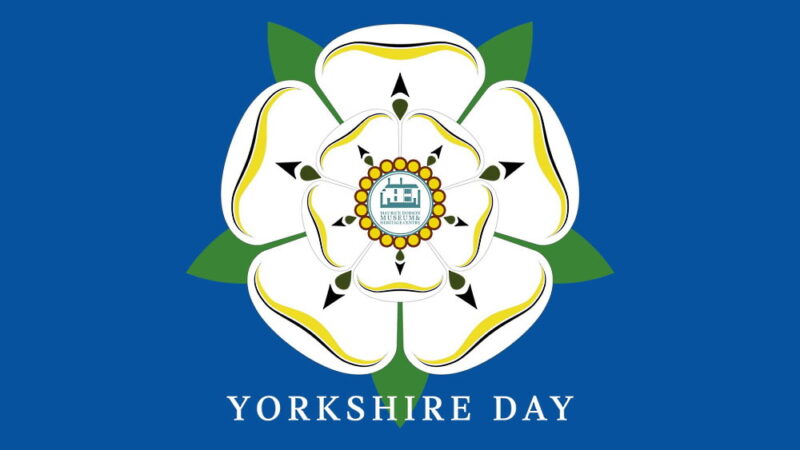The September Equinox is a day when the length of day and night is approximately equal all over the world. However, scientists note that the September equinox can occur on any day between September 21 and 24 because the calendar year and the tropical year differ. Another name for this event is the southern equinox, as the Sun moves from north to south and crosses the equator.
History
The September Equinox marks the end of summer and the beginning of fall in the Northern Hemisphere. It is celebrated in different parts of the world under various names. For example, in Western Asia it is called Mehra Day, in Japan it is known as Higan, and in Europe it is often observed as a harvest festival.
Interesting Facts
- In the French Republican Calendar, New Year’s Day was celebrated on the September Equinox.
- In the United States, traditional equinox events are held in Illinois.
- After the autumnal equinox, sunrises become later, sunsets earlier, and days become colder.
- Following the fall equinox, the Sun at the North Pole falls below the horizon, leading to six months of twilight.
- In the Southern Hemisphere, spring begins after September 23.
How to Take Part
Visit the nearest observation deck to watch the Sun during this remarkable astronomical event. Read about astronomy—a science that not only explores the stars but also the future of humanity. Many people treat the September Equinox as a symbolic New Year: reflect on the past year and set your goals for the future.
When is the September Equinox in 2025?
The September Equinox can occur any day between September 21 and 24.
Observations
| Weekday | Month | Day | Year |
| Tuesday | September | 22 | 2025 |
| Wednesday | September | 23 | 2026 |
| Thursday | September | 23 | 2027 |
| Friday | September | 22 | 2028 |
| Saturday | September | 22 | 2029 |




